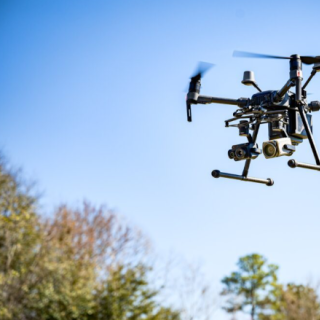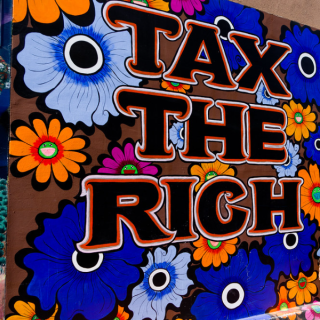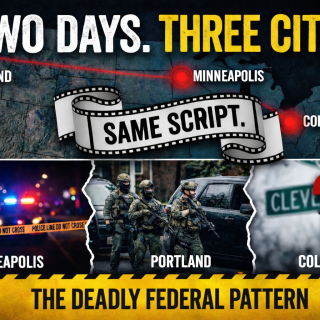The latest generation has access to an unlimited supply of information at just the touch of a finger. However, recent studies show that young people have trouble evaluating the information they get. This lack of news literacy among the youth contributes to a bigger struggle that ourcountry has and poses a threat to an already unstable democracy.
In the growing age of technology, teenagers spend hours upon hours with their faces buried in their phones. Yet, while they are flipping through social media outlets or surfing the web, they are also actively consuming the news. According to a survey by Common Sense Media, 49 percent of kids get their news from online media. However, a 2016 study carried out by Stanford University shows that despite having so much information, the youth’s ability to reason about this information is “bleak.”
The study was administered at three different levels to students in middle school, high school, and college. In the middle school task, more than 80 percent of the students were unable to distinguish a native advertisement from a real news story. At the high school level, less than 20 percent of the students questioned the source behind a photo on Imgur when asked to determine the photo’s reliability.
The college students did not fare any better. The undergraduates were presented with a link to a post by a liberal advocacy organization that was criticizing the NRA. Less than a third mentioned that the political agenda of the organization could taint the legitimacy of the post. Even more surprisingly, the researchers found that more than half of the students did not even click on the link provided.
The results from this study are clear. The latest generation is inept at evaluating the information they encounter. And it is not a singular study that shows this. In the same Common Sense Media survey, researchers found that only 44 percent of the kids felt they could distinguish fake news stories from real ones. Furthermore, 31 percent of the kids shared a story in the last six months that they later found out was inaccurate.
Yet, our current society serves as a fitting example of why this problem does not occur only among the youth. It would not be surprising if the same Stanford study was administered to an older generation and achieved borderline the same results. The inability to analyze the news not only exists between millennials but among all the generations.
Just take a look at the many fake news stories that trended during the 2016 election such as the fake story that Pope Francis endorsed Donald Trump or the infamous Pizzagate conspiracy.
These fake news stories were able to flow easily through our nation and sway thousands of citizens.
In our present day society, we have a bottomless pool of information thanks to the internet. And with that comes a great responsibility. There is an abundant stream of information but if we don’t have the skills needed to accurately analyze it, our democracy ends up being endangered. How can we know the truth if we are not able to tell what news is fake and what is not?
The solution to this problem lies in teaching people how to analyze the news from a young age. What kids learn will stay with them as they transition to adulthood so it is important to teach them the necessary skills. Media literacy classes or journalism classes are some of the most useful classes a young person can take. They teach them how to analyze the news and be active citizens in their democracy. In some schools, librarians are giving presentations on how to determine reliable sources. More and more teachers are finding creative ways to teach their students how to evaluate the news. Parents can even help their kids navigate through the online news spaces.
We are seeing how the lack of news literacy can threaten our democracy in our current society with fake news, so-called “alternative facts”, and a growing mistrust for the mainstream news media. If the youth - the future of our nation - is struggling with the news, everyone should be concerned about the problems we could face in the future.
Saideepika Rayala is a high school sophomore from Olentangy Liberty High School in Powell, Ohio. She is an avid writer and an aspiring journalist. Her writing has been recognized by the Scholastic Art & Writing Awards and she was the runner-up in the 2017 Ohio Letters about Literature contest. She is passionate about creating awareness on pressing issues through journalism. She can be reached at sai.rayala20@gmail.com.



